Gao Bo – artiste né en Chine en visite à Vernon – tombe sous le charme du Pavillon des Jouets, une ancienne usine de torréfaction de café construite en 1920, transformée plus tard en entrepôt pour
un magasin de jouets.
Gao Bo – a Chinese-born artist visiting Vernon – fell under the spell of the Pavillon des Jouets, a former coffee-roasting factory built in 1920 and later transformed into a warehouse for a toy store.
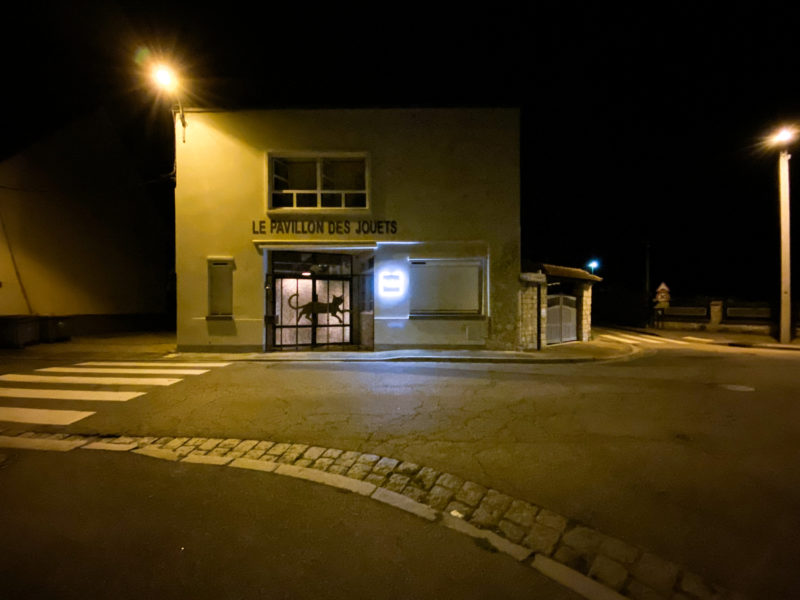
Très vite, Gao Bo en devient le maître des lieux et décide d’y installer son atelier ainsi qu’un espace de partage et de rencontres, destiné à des résidences d’artistes, des ateliers, des expositions, des événements.
Gao Bo soon became the master of the premises and decided to set up his studio here, as well as a space for sharing and meeting, intended for artist residencies, workshops, exhibitions and events.
En 2011, l’artiste invente le terme de laostiste pour qualifier sa pratique artistique.
In 2011, the artist coined the term « Laostist » to describe his artistic practice.
Ce jeu de mots associe Lao Zi, sage chinois connu pour son Livre de la Voie, et le terme de lost qui signifie « perdu » en anglais. Pour Gao Bo, la création artistique consiste à s’autoriser à « se perdre » loin des modes et des formes établies, afin de construire son propre art et sa vie.
This play on words associates Lao Zi, the Chinese sage known for his Book of the Way, with the word lost. For Gao Bo, artistic creation means allowing oneself to « lose oneself » far from established forms and fashions, in order to build one’s own art and life.
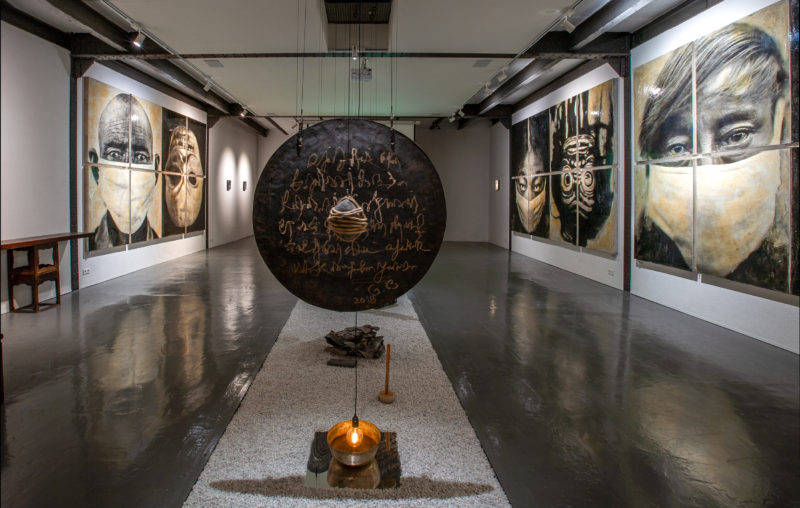
L’exposition mêle installations et performances.
Ode présente cinq gongs conçus par l’artiste, forgés artisanalement en Chine, selon les méthodes anciennes, dans une fonderie de bronze située dans un village de la province de Hubei. Sur chaque face des cinq gongs, l’artiste a gravé une calligraphie spontanée, reprenant un langage récurrent dans toute son œuvre.
Sur l’autre face est gravée une spirale.
Ode presents five gongs designed by the artist, hand-forged in China according to ancient methods, in a bronze foundry located in a village in Hubei province. On each side of the five gongs, the artist has engraved a spontaneous calligraphy, using a language that recurs throughout his work.
The other side is engraved with a spiral.
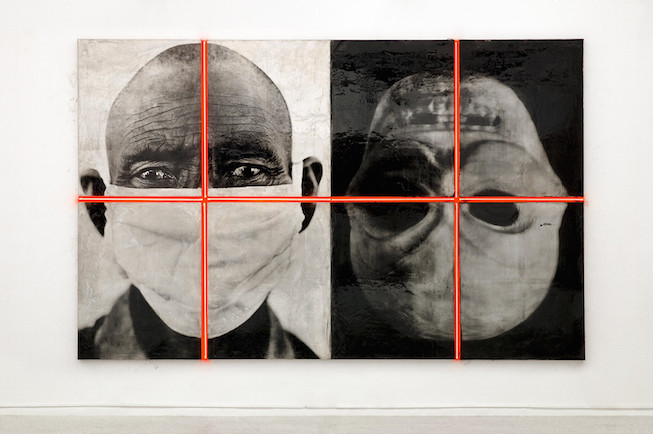
Chaque gong est accompagné d’un maillet constitué d’un caillou ficelé par une corde de lin. Celui-ci est mis en mouvement par le déplacement des visiteurs, capté par un système d’infrarouges. Ainsi le visiteur devient le compositeur d’une mélodie commune. Une ampoule est placée au centre de l’ensemble des gongs.
L’œuvre comprend également une vidéo d’une performance captée dans la forêt domaniale de Mormal située dans les Hauts-de-France.
Each gong is accompanied by a mallet made from a pebble strung with linen cord. This is set in motion by the movement of visitors, captured by an infrared system. In this way, visitors become the composers of a shared melody. A light bulb is placed at the center of the gongs.
The work also includes a video of a performance captured in the Mormal national forest in the Hauts-de-France region of France.
Le Pavillon des Jouets & l’Espace BoArt・134 route de Giverny 27200 Vernon
www.lepavillondesjouets.com

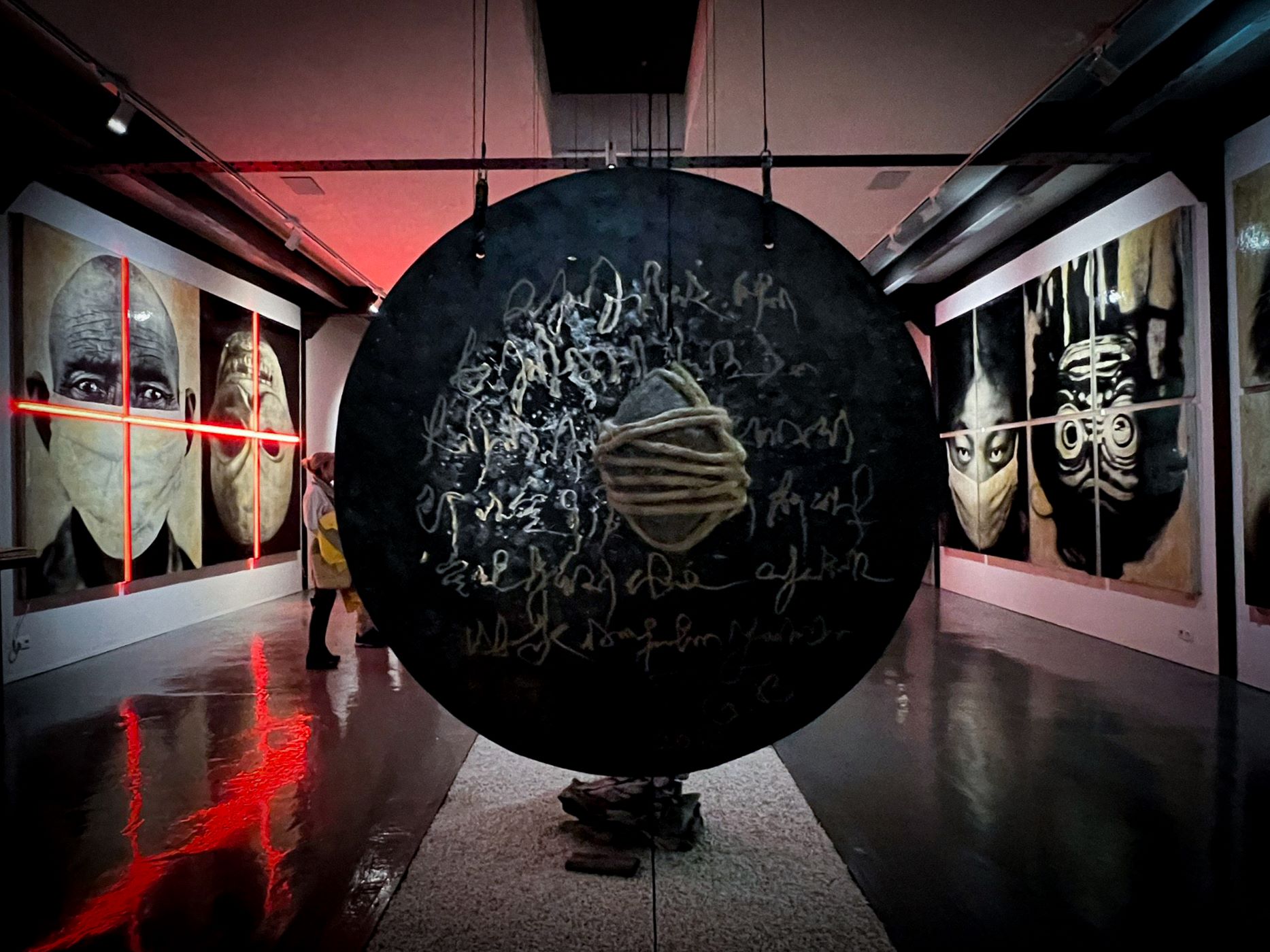


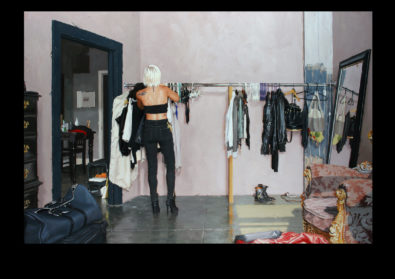




Qu'en pensez-vous ?